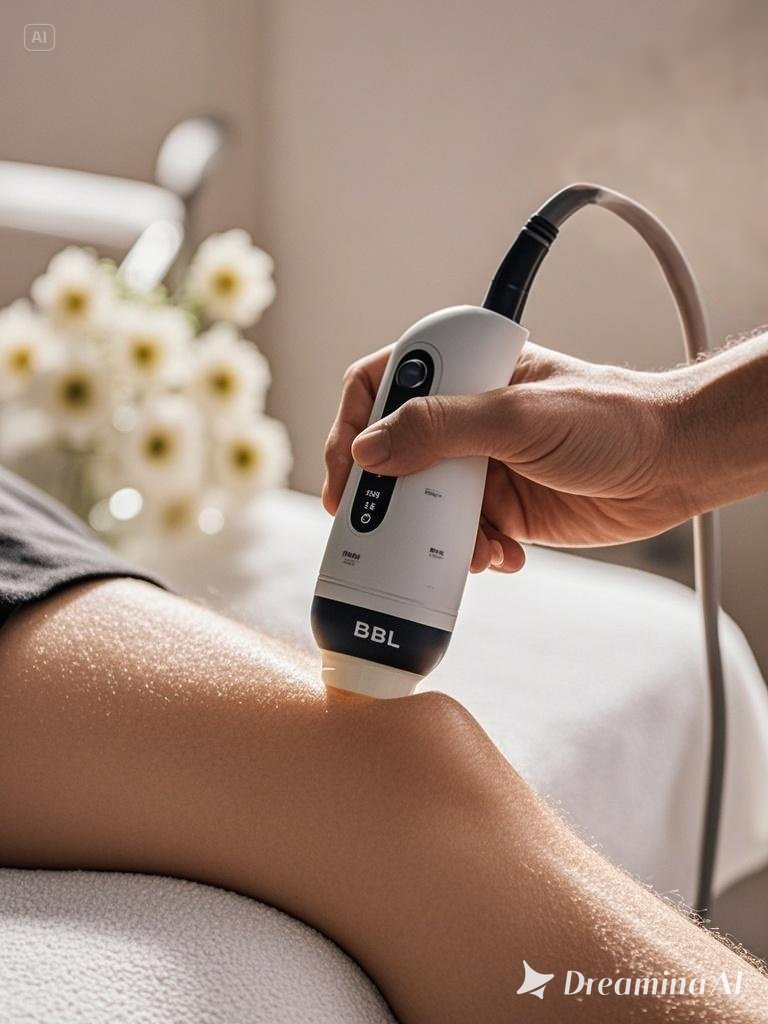Ultrasound therapy helps many people recover from pain and injuries. Physiotherapists often use this non-invasive technique to support healing, reduce pain, and improve mobility. It’s especially helpful for injuries involving muscles, tendons, and joints. Physiotherapist uses high-frequency sound waves to target soft tissue injuries beneath the skin, making it an effective tool in many rehab programs.
What Is Ultrasound Physical Therapy?
Ultrasound therapy involves the use of a handheld device called a sound head, which emits gentle vibrations and heat through high-frequency sound waves. Physiotherapist applies a gel to your skin and moves a handheld device (called a sound head) over the area. These sound waves create gentle vibrations and heat. As a result, they boost circulation, ease inflammation, and may help break down scar tissue.
How Does Ultrasound Therapy Work?
During treatment, a physiotherapist applies a gel to your skin and uses a handheld device (called a sound head) that delivers sound waves into the body. These waves create gentle heat and vibrations in the tissue, which may improve blood flow, reduce inflammation, speed up the healing process, and break down scar tissue.
Common Conditions Treated with Ultrasound Therapy
This therapy is frequently used to treat various acute and chronic conditions, including: low back pain, muscle strains and sprains, tendonitis, bursitis, joint stiffness, scar tissue from previous injuries, soft tissue injuries from sports or overuse. Some physiotherapists also apply a technique called phonophoresis, where ultrasound waves help deliver anti-inflammatory medications through the skin for deeper tissue absorption.
Is It Effective?
The effectiveness of ultrasound therapy can vary from person to person. Some individuals experience noticeable pain relief after just a few sessions, while others may require repeated treatments as part of a broader rehabilitation plan. However, most physiotherapists use ultrasound alongside other techniques, such as exercise, stretching, and manual therapy. Combining these approaches usually gives the best results.
Is It Safe?
Yes, when done by a trained professional, ultrasound therapy is safe. It doesn’t hurt and doesn’t require surgery. But it’s not suitable for use near the eyes, over open wounds, or on tumors or fractures. Always follow your therapist’s guidance.
Should You Try It?
If you’re recovering from a soft tissue injury, dealing with chronic pain, or trying to improve mobility, ultrasound therapy might be a helpful addition to your physiotherapy plan. Speak with your physiotherapist to see if it suits your condition.
References:
https://www.webmd.com/pain-management/what-to-know-about-ultrasound-physical-therapy
https://www.verywellhealth.com/therapeutic-ultrasound-in-physical-therapy-2696419





